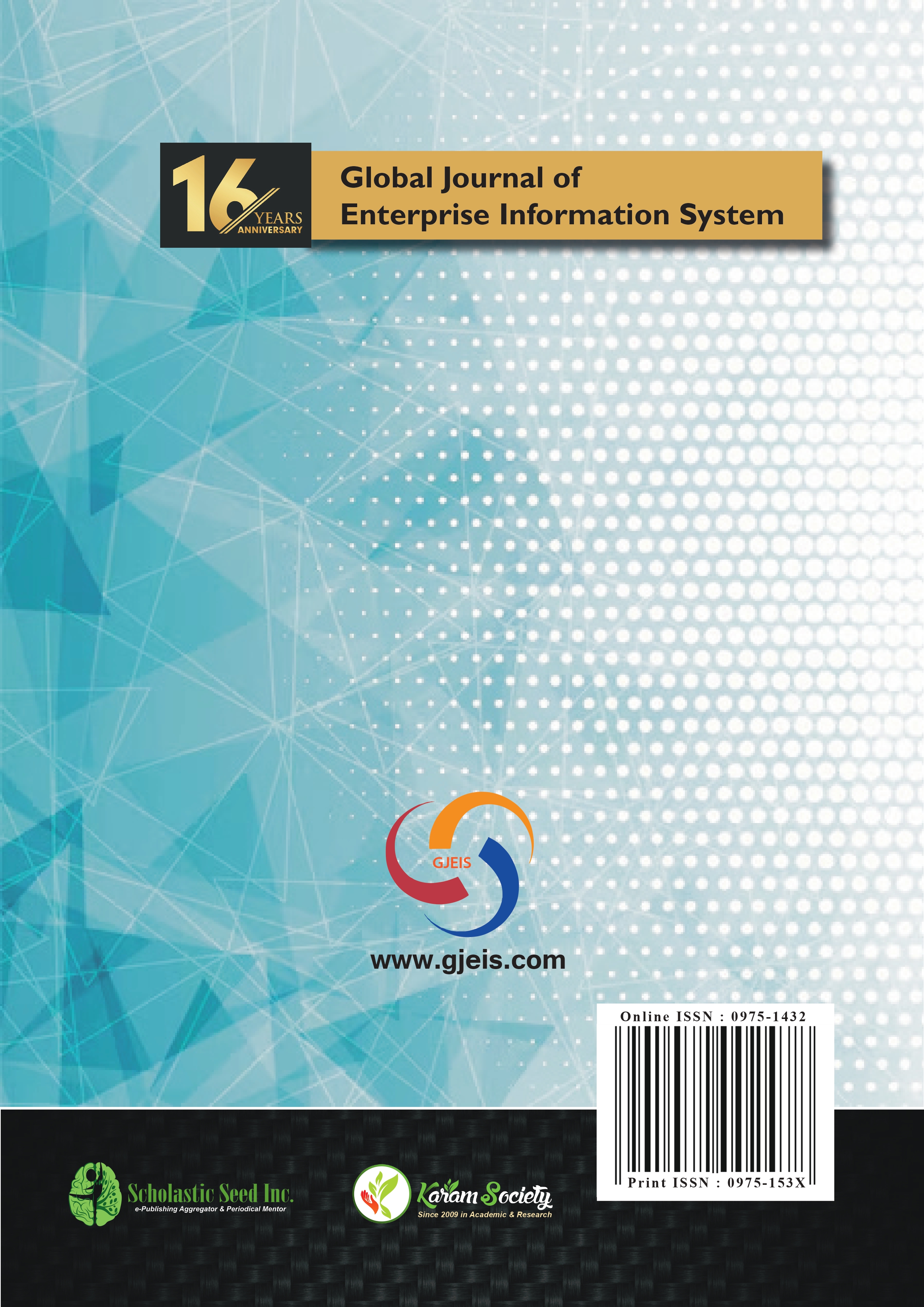The Impact of Business Process Reengineering Interventions - A Case Study of State Bank of India
Abstract
With the emergence of global players, the Indian banking industry is facing fierce competition not only at its homeland but also with
the international market. Due to continuous changes taking place in information technology, preferences of customers and competition, there is a need to redefine the mission objectives and process of the organization, so that the efficiency and effectiveness of the
organization can be improved. While State Bank of India continues to dominate the Indian banking industry and its profits continue
to grow, it is coming under increasing competitive pressure. The flattening of the world as a result of networking, information
technology and globalization, necessitates SBI to bring out the drastic change in its procedural activities and redesign its business
process. Business Process Reengineering aims at making the processes to be focused on producing the desired results. It also aims
to be efficient by optimally using the available resources, to be cost effective by minimizing overall costs and should be adaptable by
being able to adapt the changing customer and business needs. The present study focuses on business process reengineering interventions implemented in State Bank of India and the changes in the organization structure with special emphasis on Agra branches.
The broad objective of the study was to relate the concept of Business Process Reengineering as a tool to enhance the competitive
strength of State Bank of India and to improve its functioning to a world class level.








